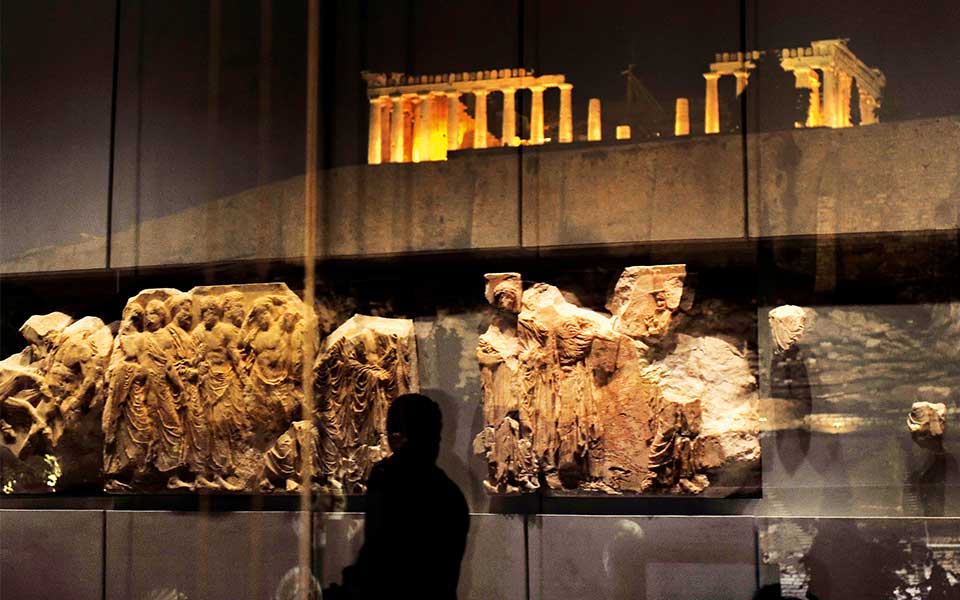The Meidias Hydria
As the dust settles following the recent diplomatic spat between Greece and the UK over the fate of the Parthenon Sculptures, the Acropolis Museum in Athens has launched a brand-new exhibition that features a renowned ancient Greek water jug (hydria) from 420 BC, on loan from the British Museum.
Described by German art historian and Hellenist Johann Joachim Winckelmann (1717-1768) as “the finest and most beautiful drawing in the world,” the well-preserved hydria is considered a masterpiece of the Athenian Meidias Painter, a specialist of the red-figure technique. The pot, just over 50cm in height, is richly decorated with mythological scenes, including finely drawn representations of the Dioskouri (Gemini twins) Castor and Pollux, the divine hero Heracles, and Aphrodite, the goddess of love and union.

© The Trustees of the British Museum

© Robert A. McCabe
Excavated in southern Italy, the hydria was purchased in 1764 by Sir William Hamilton (1730-1803), the British Commissioner to the Kingdom of Naples, and came into the possession of the British Museum in 1772. It quickly became a centerpiece in the museum’s galleries of ancient Greece and a style icon of the 18th and 19th centuries, influencing tapestries, furniture, and the antiquity-inspired ceramics of Josiah Wedgwood (1730-1795). It is the first time in 250 years that the Meidias Hydria has left London, on temporary loan to the “NoHMATA (Meanings): Personifications and Allegories from Antiquity to Today” exhibition at the Acropolis Museum, which runs until April 14, 2024. What is most intriguing about the Meidias Hydria is its link to the Parthenon Sculptures.
“Ηydriai of this kind – richly decorated, often with golden leaves – were not vases for everyday use,” notes Professor Nikolaos Chr. Stampolidis, General Director of the Acropolis Museum and curator of the exhibition. “These large water vessels would have been used in the various purification rituals and sacrifices, performed in honor of the patron goddess Athena, and are clearly depicted in a section of the 160-meter-long Parthenon frieze, carried on the shoulders by a group of young men in the Panathenaic Procession. Furthermore, the Meidias Hydria is almost contemporary with the Parthenon, which was completed just before the start of the Peloponnesian War in 431 BC, a lengthy conflict between Athens and Sparta.”
Indeed, art historians have noted that the “flying drapery” style of the female figures, as depicted on the hydria, was especially popular in the last quarter of the 5th century BC, in the aftermath of a devastating plague and the ongoing hardship of war; it was aptly described by Jerome J. Pollitt as “escapism in times of crisis.” – Duncan Howitt-Marshall
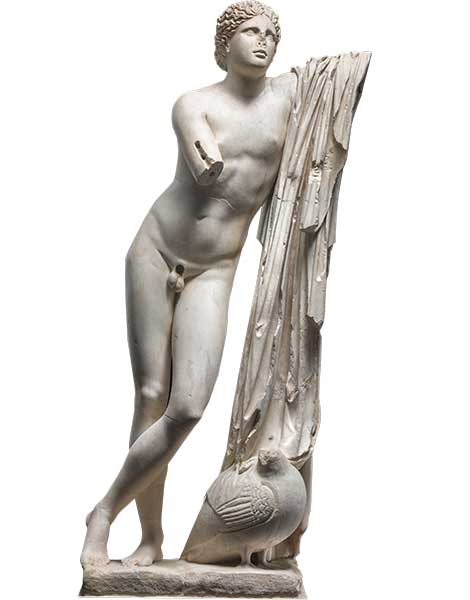

NoHMATA (Meanings)
As I enter the area dedicated to temporary exhibitions at the Acropolis Museum, I’m greeted almost immediately by a painting of Kronos (Time), depicted here as an elderly man. He is shown in a stooped position, gruesomely devouring a child’s flesh. Next to this striking large-scale work by Rubens, there is a glass display case with four delicate porcelain miniatures from the 1750 Meissen workshop, beautifully representating the four seasons. The stark contrast in size between the miniatures and the large painting offers a poignant reflection on the relativity of time.
“In every corner of the exhibition NoHMATA (Meanings): Personifications and Allegories from Antiquity to Today, we aimed to highlight the intellectual element that interconnects the artifacts,” says Professor Nikolaos Chr. Stampolidis, General Director of the Acropolis Museum and curator of the exhibition. Organized into six sections (Time, Nature, Deities, Human, Institutions and Allegories) and featuring 164 exhibits, half of which have been loaned for the first time from such renowned museums as the Musei Capitolini in Rome, the British Museum, the Kunsthistoriches Museum in Vienna, and the Prado Museum, the exhibition reveals how the personifications of ideas and the symbolism in each depiction are enduring themes that run through the entire continuum of art.
Stampolidis has disclosed that preparing the exhibition was an endeavor spanning nearly 50 years. (He was in his third year of his archaeology studies when he first encountered the ways in which concepts, emotions, deities, and institutions were represented, either in human or animal forms.) The exhibition showcases statues, vases, paintings, reliefs, coins, manuscripts, books, and paintings, all remarkable works from various epochs. It vividly captures the human quest to assign definite shapes and to understand the intangible (feelings and concepts), the unreachable (celestial bodies), and the uncontrollable (the elements of nature).
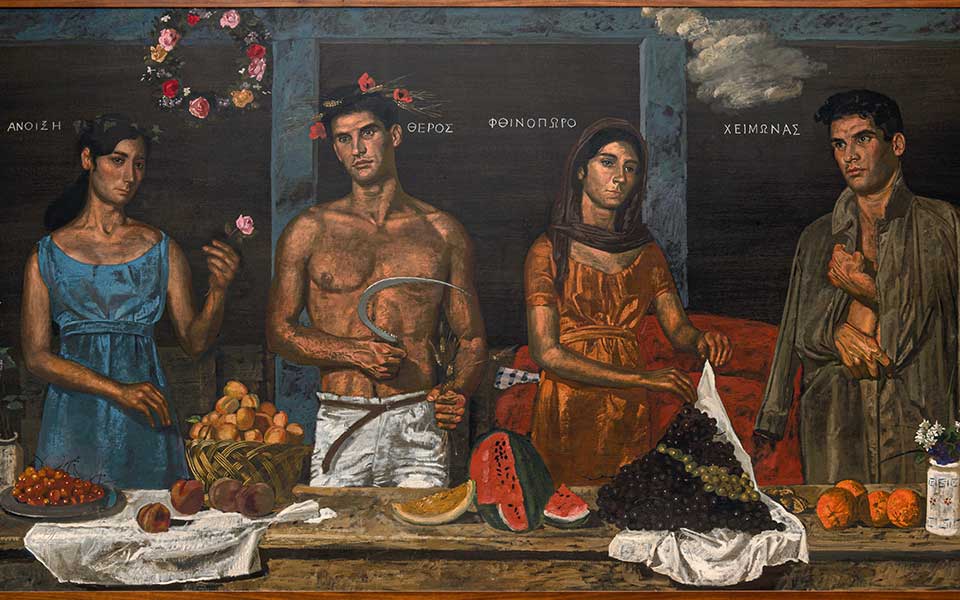
The walls of the exhibition space, colored deep purple, add drama and theatricality to the atmosphere and provide a uniform background against which the diversity of the exhibits is made even clearer. The thoughtful arrangement of the items – some mounted on walls or in cases, and others, including statues or vases, placed freely around the room – adds to the sense that you are exploring the gallery, not merely viewing it.
“The layout of the exhibition is intricately woven, allowing sections or subsections to seamlessly blend into one another, and we’ve also crafted diagonal visual escapes. For instance, in the Nature section, as you gaze upon the statue of Selene, your view naturally extends to Eros and Desire,” says Stampolidis.
As to whether the personification of concepts was influenced by the gender of the word describing them, the director says “That did occur frequently, but it was not a strict rule. For example, the two statues from the Archaeological Park of Ostia, representing Spring [a feminine word in both Ancient and Modern Greek] and Winter [a masculine word in both Ancient and Modern Greek] are both portrayed as young males. This reflects the artistic freedom that can weave together multiple layers of intellectual meaning, resonating not just with the artist’s vision but also with the society of that era.” – Xenia Georgiadou
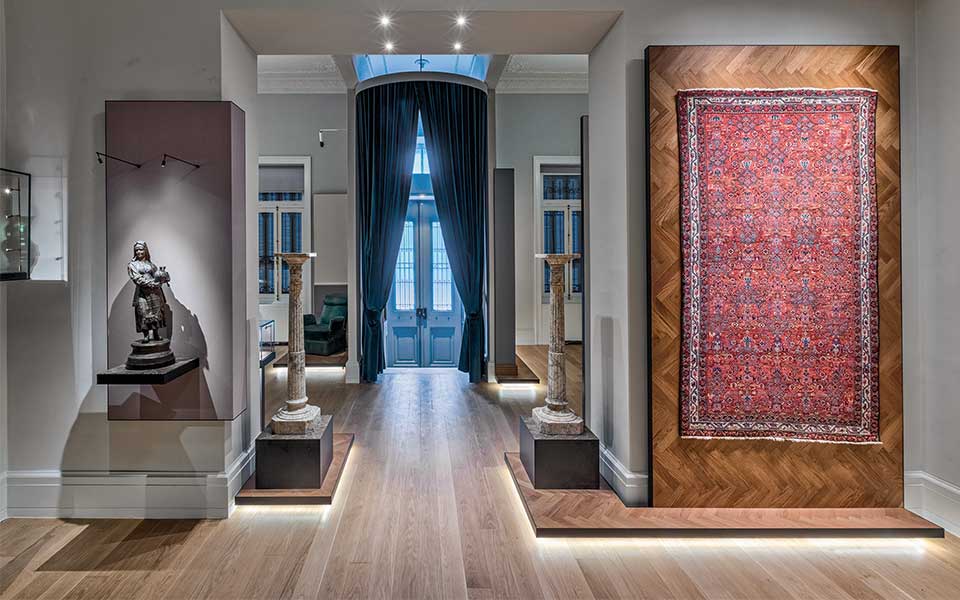
© Pinelopi Gerasimou
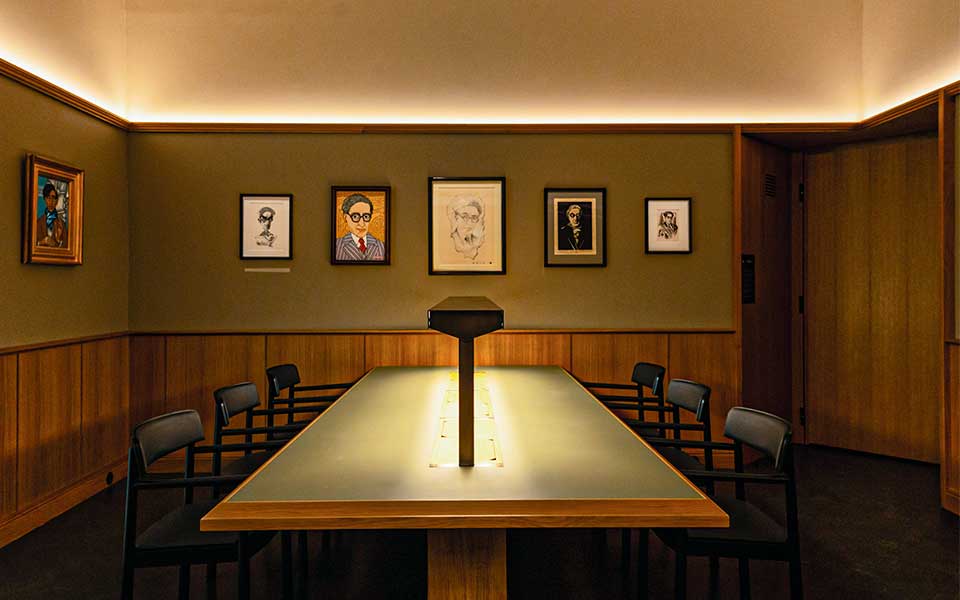
© Stelios Tzetzias
Inside Cavafy’s World
In 1923, just over a century ago, the English-speaking world was introduced to the poetry of C.P. Cavafy (1863-1933) for the first time through the translations of E.M. Forster. Cavafy, who was both born and died in the Egyptian city of Alexandria on April 29, became a pivotal figure in revitalizing Western poetry through these translations. His works, recited by figures ranging from Sean Connery to Laurie Anderson, often begin with vignettes from history, weaving them with irony, cynicism, and sensitivity to comment on themes like the unpredictability of the future, homosexual desire, and the integrity of character.
His extensive archive, owned by the Onassis Foundation, is now housed in a beautifully restored neoclassical building in the historic Plaka district. Visitors can immerse themselves in the world of his personal belongings, including his signature round glasses and artworks that reference or are inspired by him. – Panagiotis Koustas

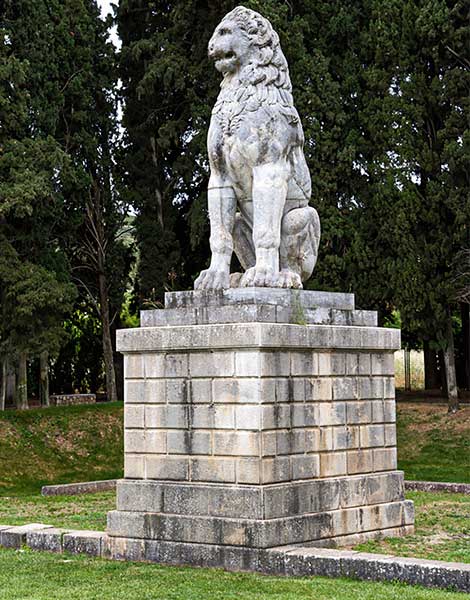
© The Lion of Chaeronea, Polyandrion of the Theban Sacred Band © Hellenic Ministry of Culture and Sports/Ephorate of Antiquities of Boeotia/DMNAM
“A Day That Changed the World”
The Battle of Chaeronea (August 2, 338 BC), fought on the northern plain of Boeotia between the armies of Philip II of Macedon and a coalition of city-states led by Thebes and Athens, was one of the most critical turning points in ancient Greek history. Not only did Philip’s decisive victory establish Macedonia as the dominant power in Greece, heralding the start of the transition from the Classical to the Hellenistic period, but it also marked the dramatic appearance of the young 18-year-old prince Alexander, a man who would go on to become one of history’s greatest and most successful military commanders, to the world stage.
In a brand-new exhibition at the Museum of Cycladic Art, visitors can explore this watershed battle and the remarkable story of Philip II and his son, Alexander the Great, through 260 archaeological objects from 25 Greek museums, two foreign museums and four private collections. The exhibition is part of the new “Human Histories” series hosted in the neoclassical Stathatos Mansion. Curated by Panagiotis Iossif and Ioannis Fappas, the series will explore pivotal events that shaped the course of human history. –Duncan Howitt-Marshall
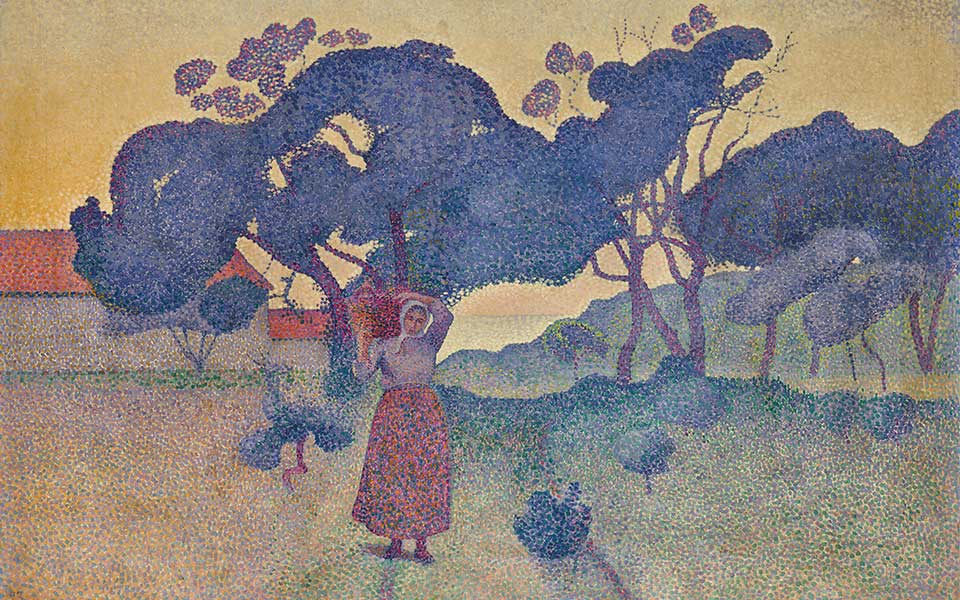
© Private Collection
A Brush with Brilliance
At the Basil and Elise Goulandris Foundation, visitors can admire the little dancer of Degas, the troubadour of Giorgio de Chirico, nudes by Picasso, and the splendid “L’Espagnole” by Kees van Dongen. The collection of this small yet outstanding museum, which first opened in 2019, spans the entire spectrum of modern and contemporary art from the mid-19th to the late 20th century. Across four floors displaying 324 works – paintings, sculptures, drawings, and constructions – visitors are introduced to the artistic explorations and achievements of the major movements of modernism, both pre-war and post-war.
The museum also hosts exceptional temporary exhibitions, such as the current “Neo-Impressionism in the Colours of the Mediterranean (1891-1914),” featuring works by Paul Signac, Henri-Edmond Cross ( his “The Farm – Evening” is shown here), Henri Matisse, and Maximilien Luce, among others. The exhibition is being held in partnership with major museums such as the National Gallery in London and the Centre Pompidou, the Musée d’Orsay and the Musée des Arts Décoratifs in Paris. – Xenia Georgiadou
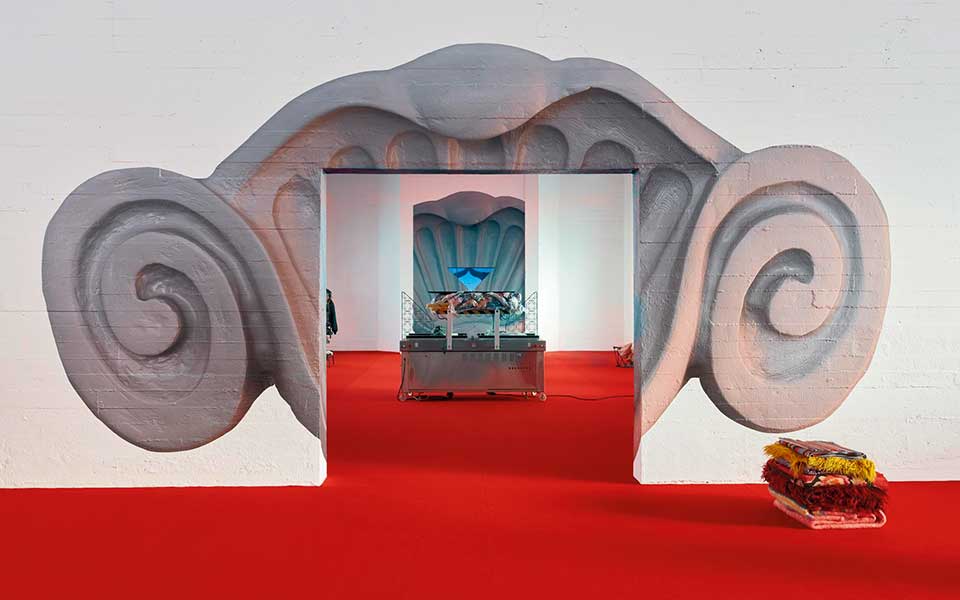
© Dimitris Papadimas
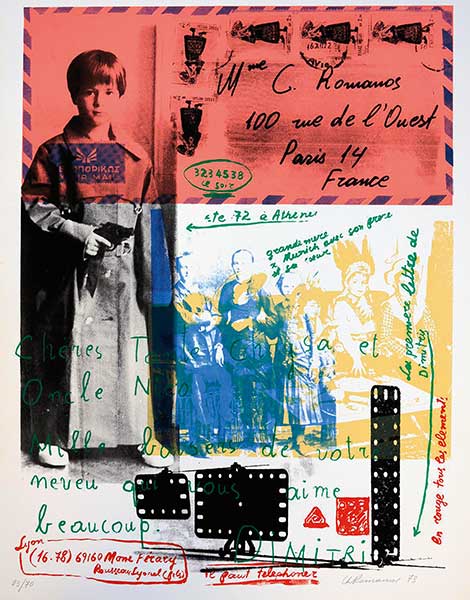
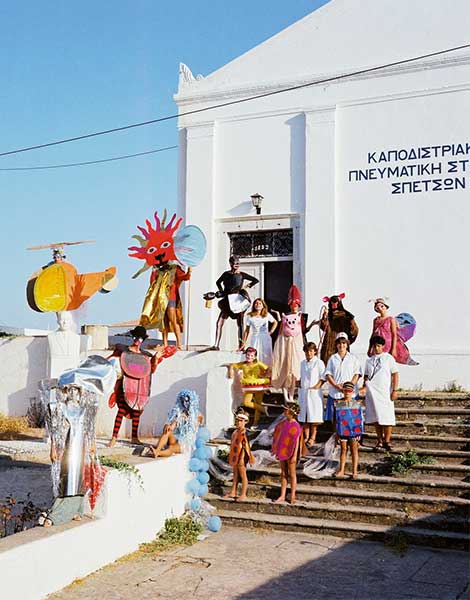
© Courtesy of Danai Anesiadou Photo: we document art - Courtesy of Leda Papaconstantinou
What If Women Ruled the World?
The National Museum of Contemporary Art is actively redefining the narrative around women in art, who are traditionally seen more as muses and models than as creators. This transformative initiative mines the museum’s permanent collection to exclusively showcase works by female artists, while also hosting temporary exhibitions of trailblazing Greek women. Until April 21, 2024, the museum’s lower level will feature the works of Leda Papaconstantinou (born 1945), a pioneer of feminist art in Greece and an internationally acclaimed performance artist.
The retrospective “Time in my Hands” includes her sculptures, videos, paintings, site-specific installations, and rare photographs from her performances, illustrating her influence on later generations of artists. The artwork of Chryssa Romanos (1931-2006), a significant figure among post-war Greek diaspora painters engaged in the art centers of the West, is on display on the fourth floor until October 27. Curated by Dimitris Tsoumplekas and Eleni Koukou, the exhibit “The Search for Happiness for as Many as Possible” spotlights her 1960s collages, decollages, and her iconic MEKANO – the wooden structures that marked a significant chapter in Greek art. In the same space and until the same date, there’s also the exhibition “D-Possessions” by Belgian-Greek artist Danai Anesiadou. With a blend of humor and hyperbole and drawing from diverse influences including B-movies, surrealism, fake news, and Greek archaeology, Anesiadou challenges prevailing discourses, positing the existence of multiple truths. – Xenia Georgiadou
INFO
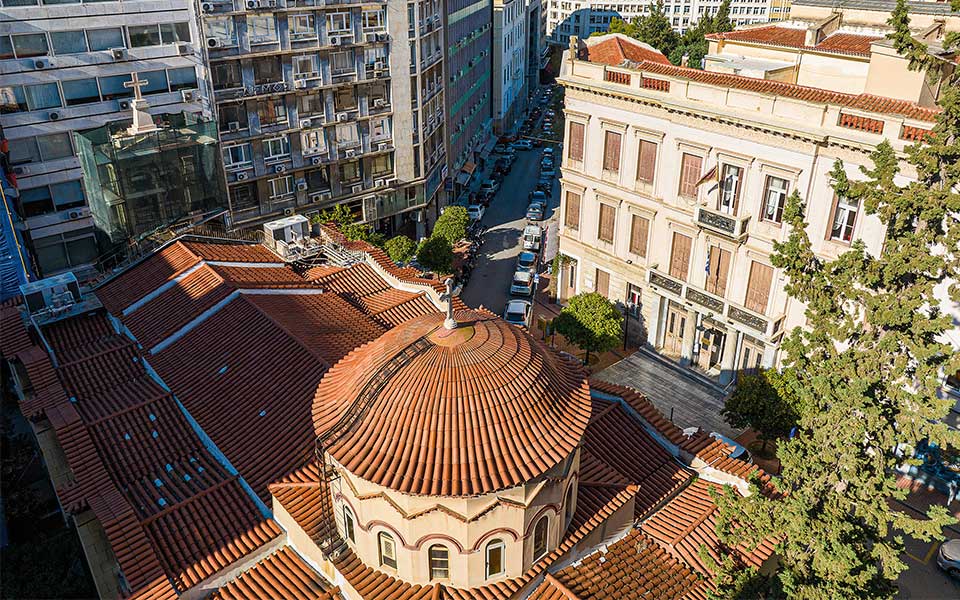
© Aris Kamarotos
The Many Lives of Karytsi Square
Nestled near Klafthmonos Square, charming Karytsi Square is a hidden gem. Named after the aristocratic Karykis family – prominent during the period of Ottoman rule and the original landowners of the area – the square is steeped in history. Between 1846-1849, the family financed the construction of Saint George Karytsis Church, erected on the site of a Byzantine church built by their ancestors in the 11th century. The church underwent renovations in 1900, around which time the square was created. Karytsi Square is home to “Parnassos,” the country’s oldest literary society, which has been continuously active since 1865. Its grand hall has welcomed figures such as Eleftherios Venizelos, Winston Churchill, and Sir Arthur Evans. During the Occupation in 1943-44, it served as a German military court.
The Mousouri Theater, opposite “Parnassos,” is one of the oldest theaters in Athens, in operation since 1934, and a platform for top Greek actors such as Elli Lambeti and Dimitris Horn.
The surrounding streets, Christou Lada and Anthimou Gazi, historically hosted print shops and newspaper offices, making the square a hub for members of the press. Today, Karytsi Square, at the heart of both old and new Athens, remains a beloved gathering place for locals. At Bless Me Father (2 Karitsi), patrons can enjoy specialty coffee, delectable dishes for sharing, and a selection of fine Greek wines. Glug Glug (5 Karitsi), a quaint wine bar, offers a curated list of Greek and international wines. The latest culinary addition to the square is Gloria Gati (6 Karitsi), an Italian restaurant famous for its signature dish: sumptuous stuffed handmade cacio e pepe ravioli. – Myrto Katsigera
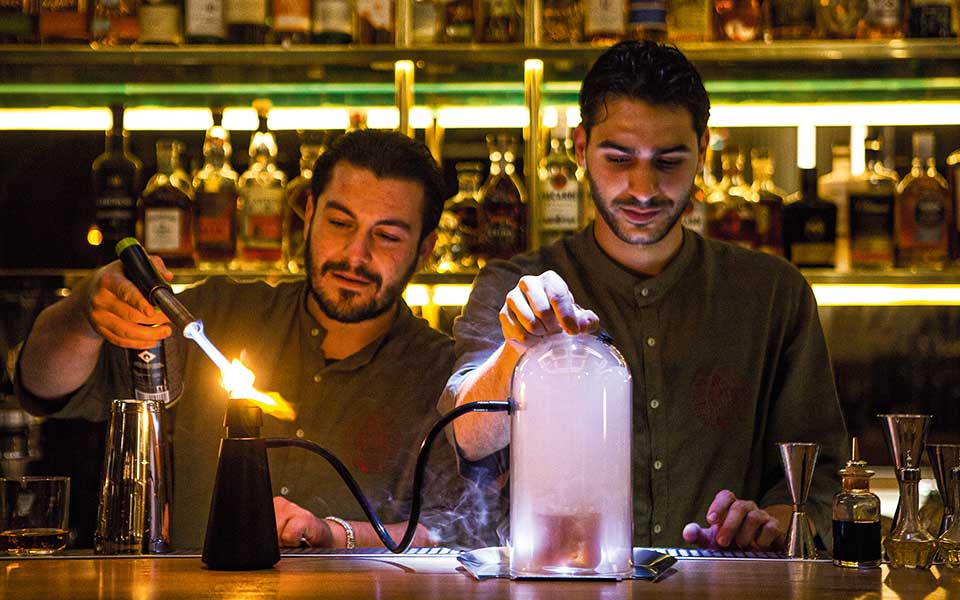
© Aspa Koulyra
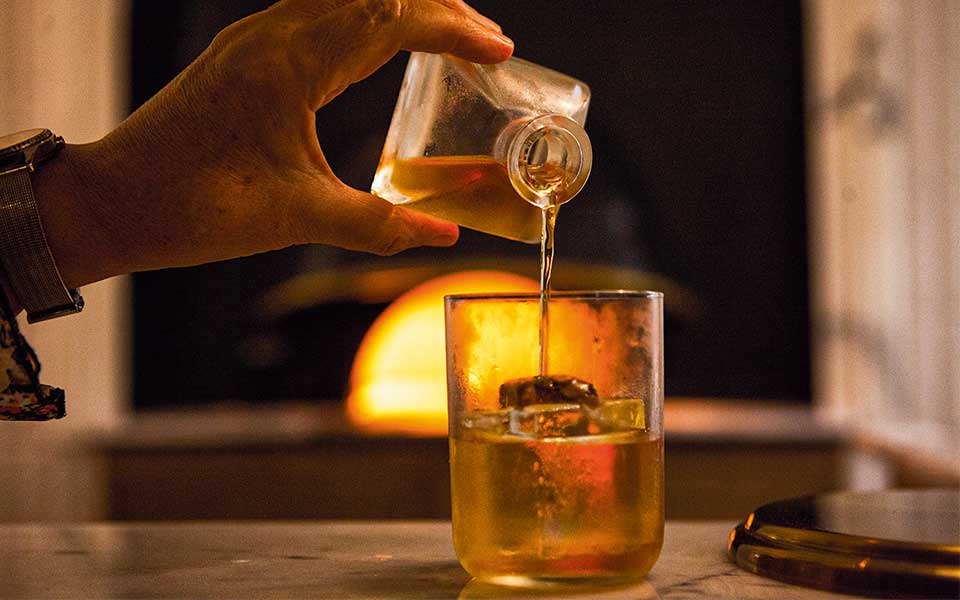
© Aspa Koulyra
Hot tables around Hilton
The inauguration of the architecturally iconic Hilton Athens in 1963 heralded a new chapter of cosmopolitan sophistication for Athens, raising the entire area’s social status. Such was its influence that claiming an address “behind the Hilton” became a symbol of prestige, even for those living several blocks away.
Recently, the Hilton neighborhood has been undergoing a renaissance, sparked by the comprehensive renovation of the Athens Conservatoire and the grand reopening of the revamped and expanded National Gallery – Alexandros Soutsos Museum. This resurgence is set to reach new heights with the hotel’s transformation into an opulent city resort, encompassing the Conrad Hotel, the Conrad and Waldorf Astoria Residences, and exclusive new retail, dining, and recreation areas.
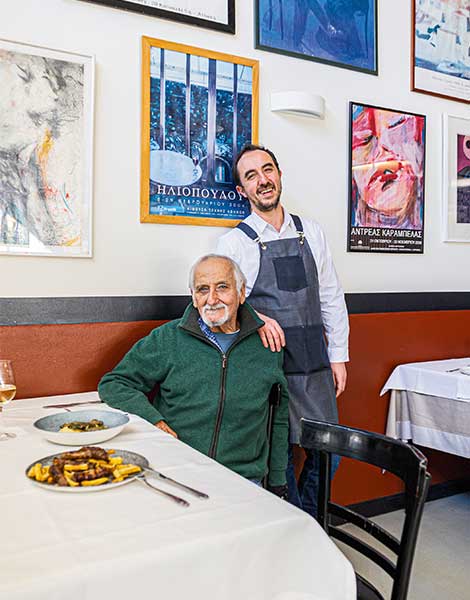
© Alexandros Antoniadis
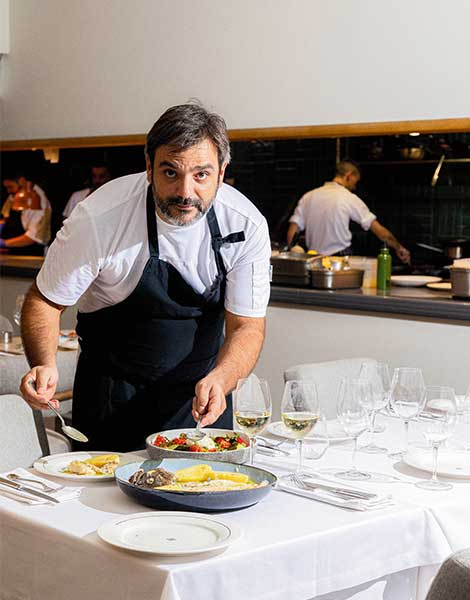
© Alexandros Antoniadis
The Hilton neighborhood already draws residents and visitors with its many excellent choices for dining: Vlassis (15 Meandrou), known for its mouthwatering seasonal dishes, has been a staple for Greek cuisine since 1983. Right next door, Aoritis (15 Meandrou) brings traditional Cretan cuisine to life with specialties such as tasty snails, and meats roasted over an open flame. For a blend of Greek creativity and cosmopolitan flair, Cookoovaya (2A Chatzigianni Mexi) serves mainly seafood dishes in an elegant setting. Make sure to reserve a table and enjoy savory pies from the wood-fired oven and innovative nose-to-tail fish recipes. For meat lovers, Vezene (1 Vrasida) offers a luxurious dining experience with exceptional cuts of meat. A bit further away, Goldie (35 Diocharous, open daily 12:00-17:00) offers freshly prepared, simple and affordable meals. – Nena Dimitriou

